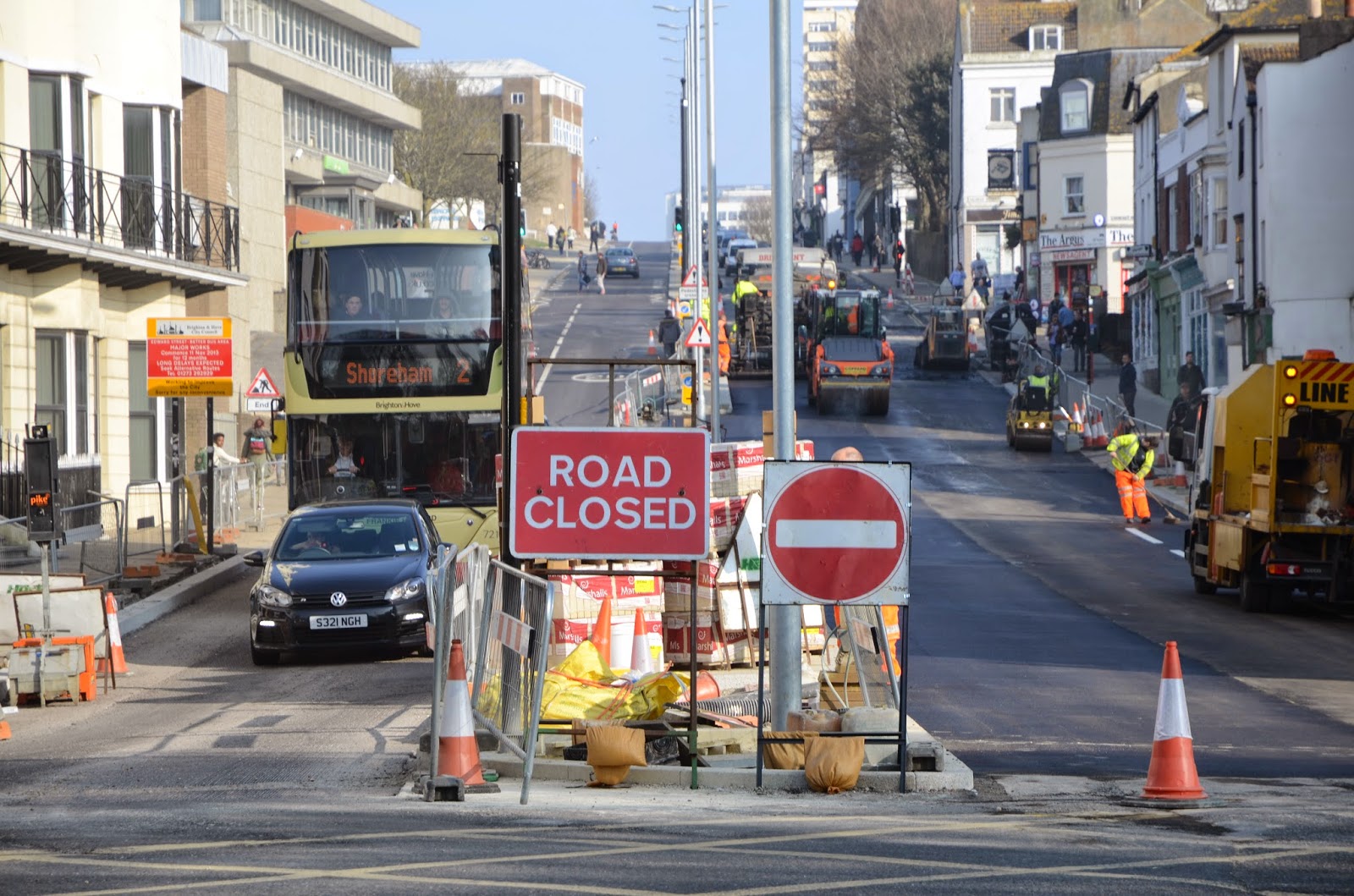In order to get this image i used some tools in Photoshop. I thought that photograph can be more eye-catching if i create contrast by adding more warm tints to sky as ground is an example of cold shades. Naturally, i found how to modify certain parts of digital-capture on University Website. Although there were more tutorials about combinations of some objects from different pictures in generation of new one when i tried, it did not work well as one imaginary landscape. So i stopped at image shown below where i selected sky and modified its color.
Reference:
https://studydirect.sussex.ac.uk/course/view.php?id=21542&topic=7 (Accessed: 3 April 2015)





















